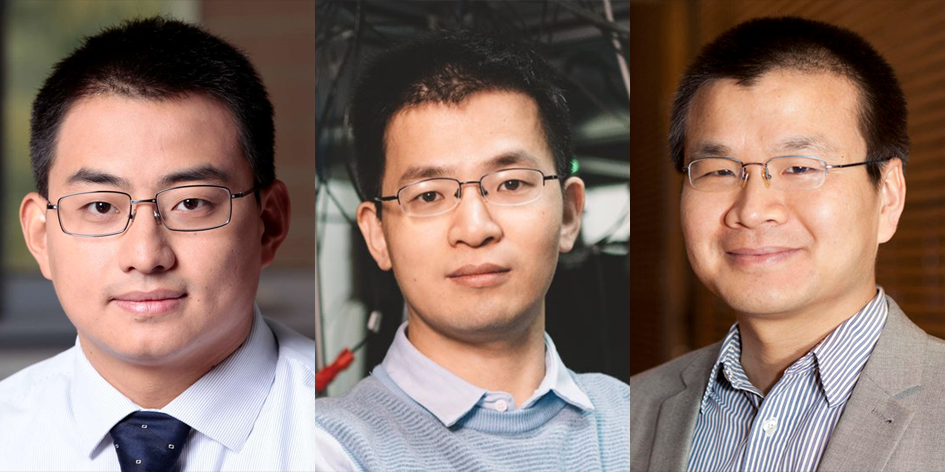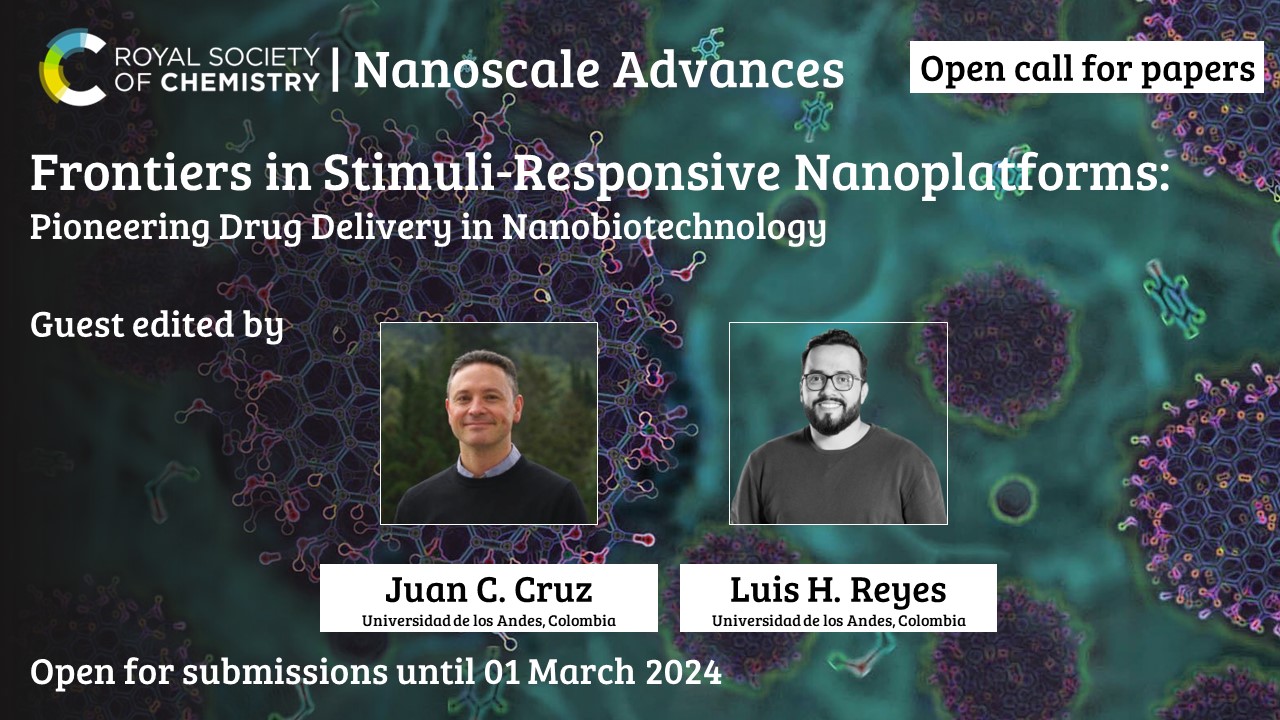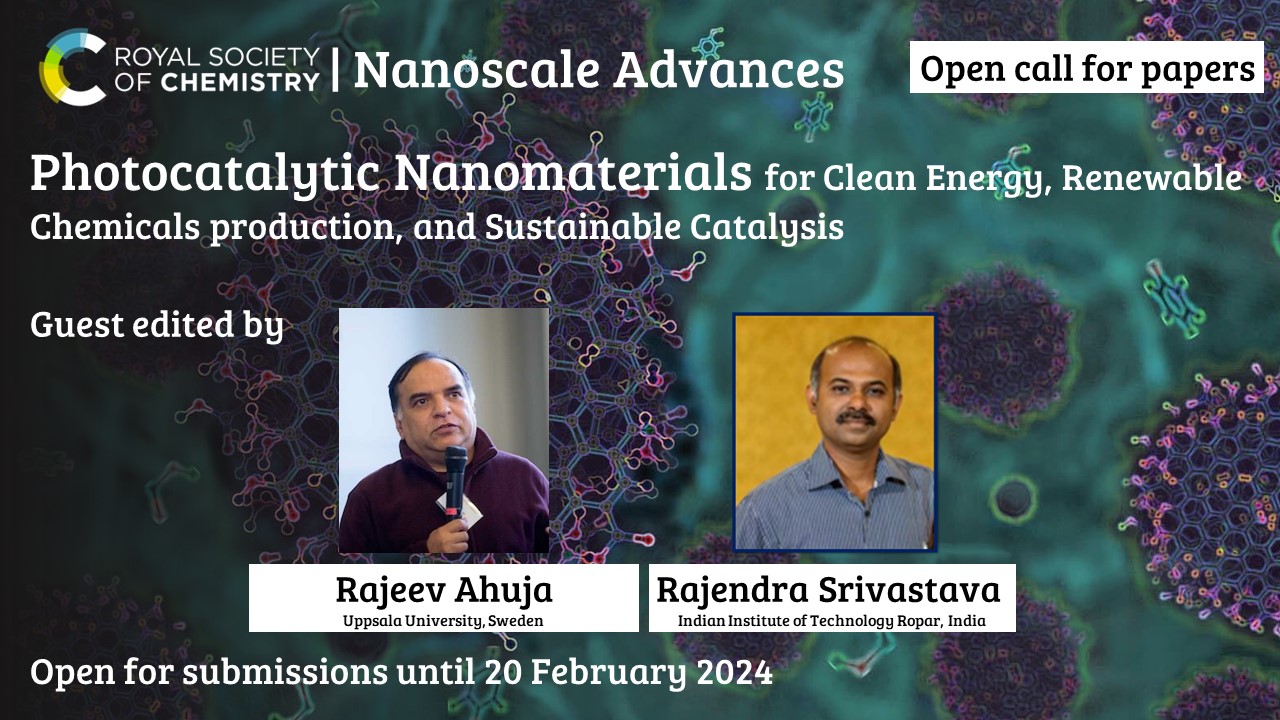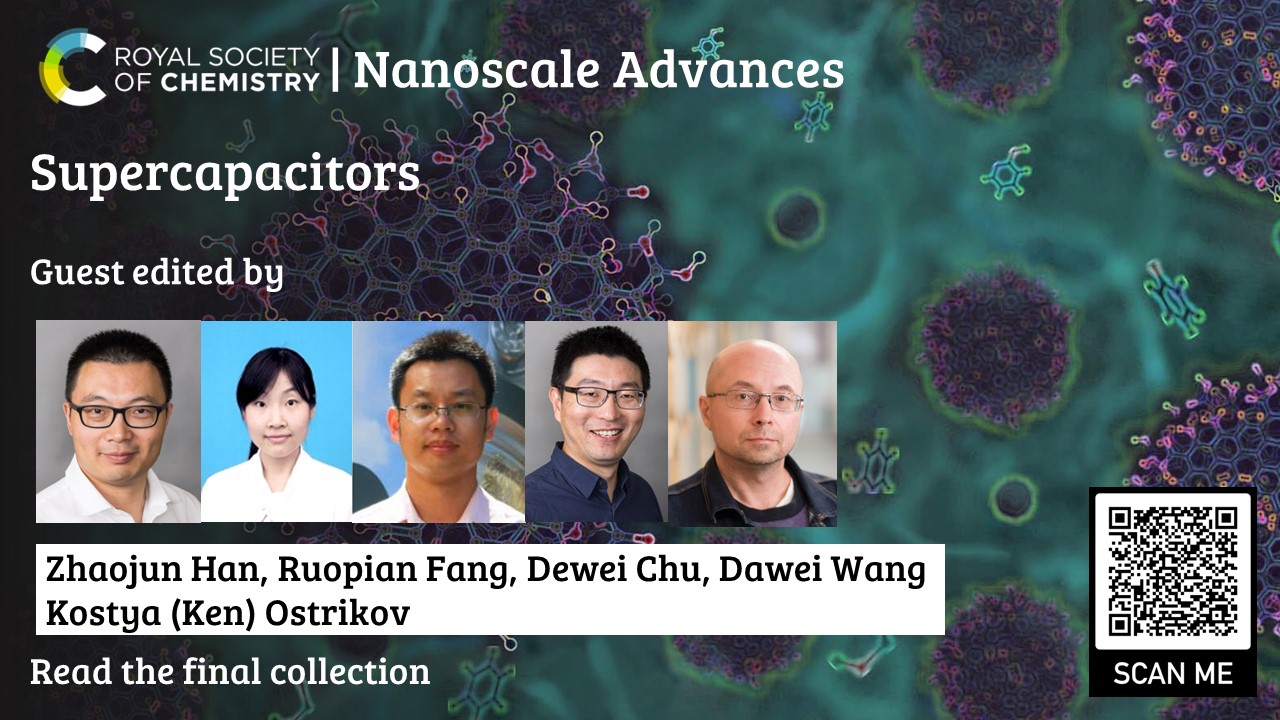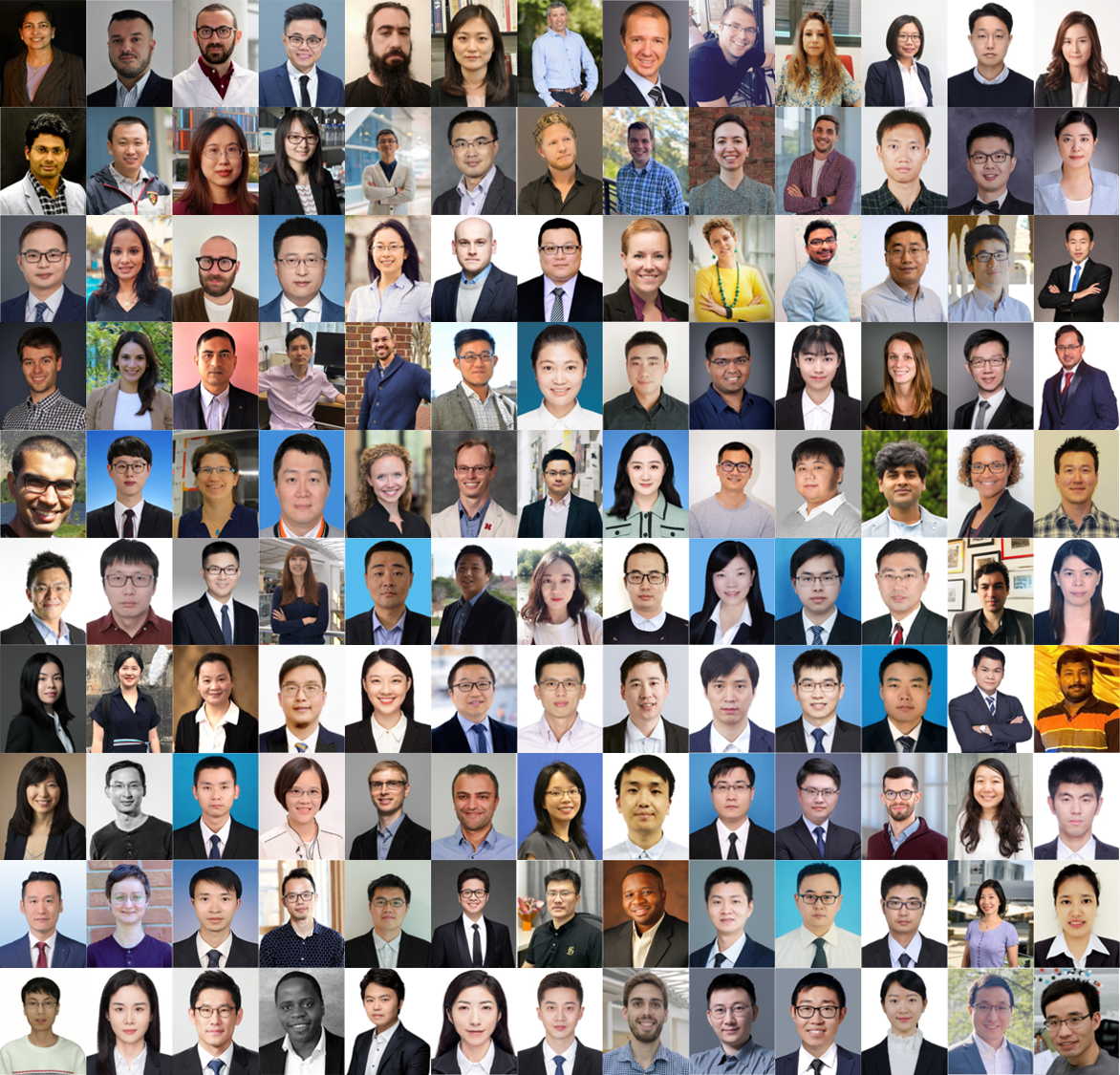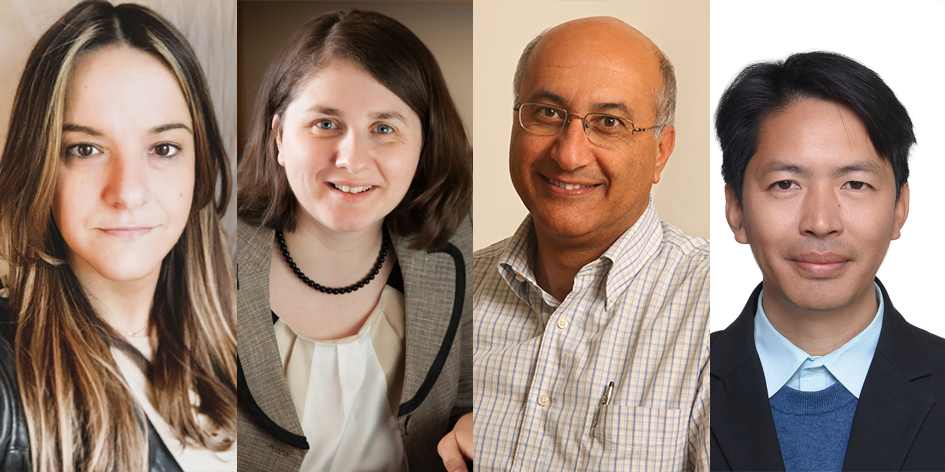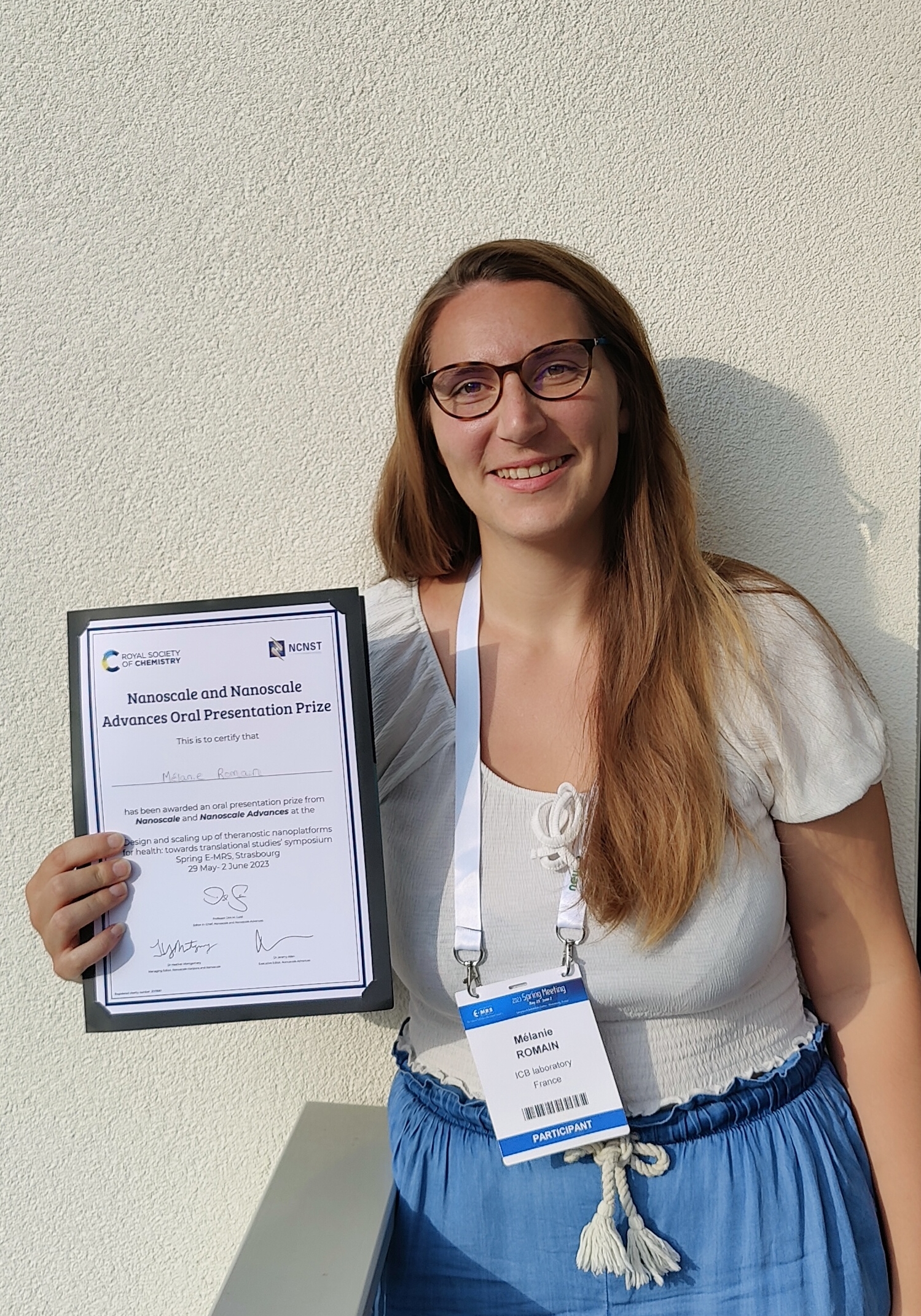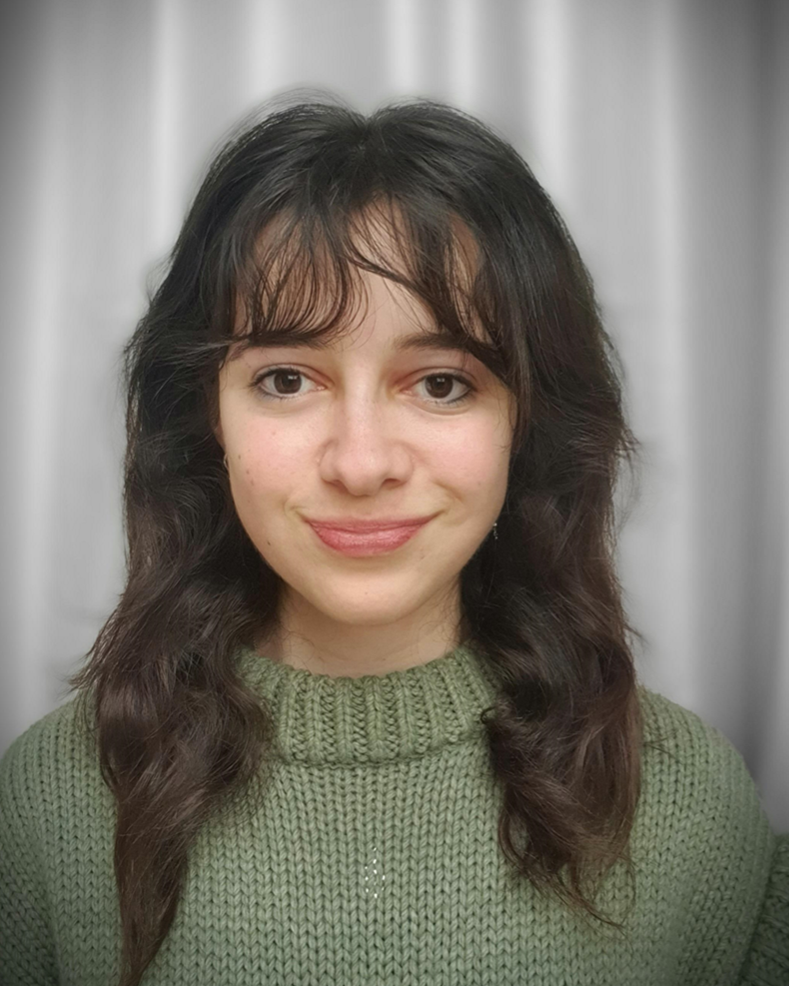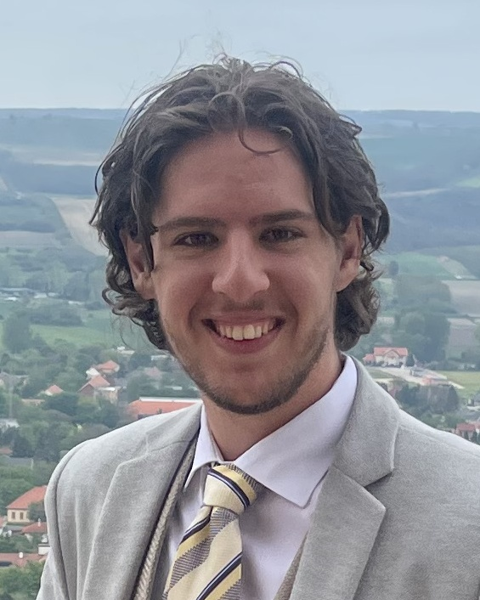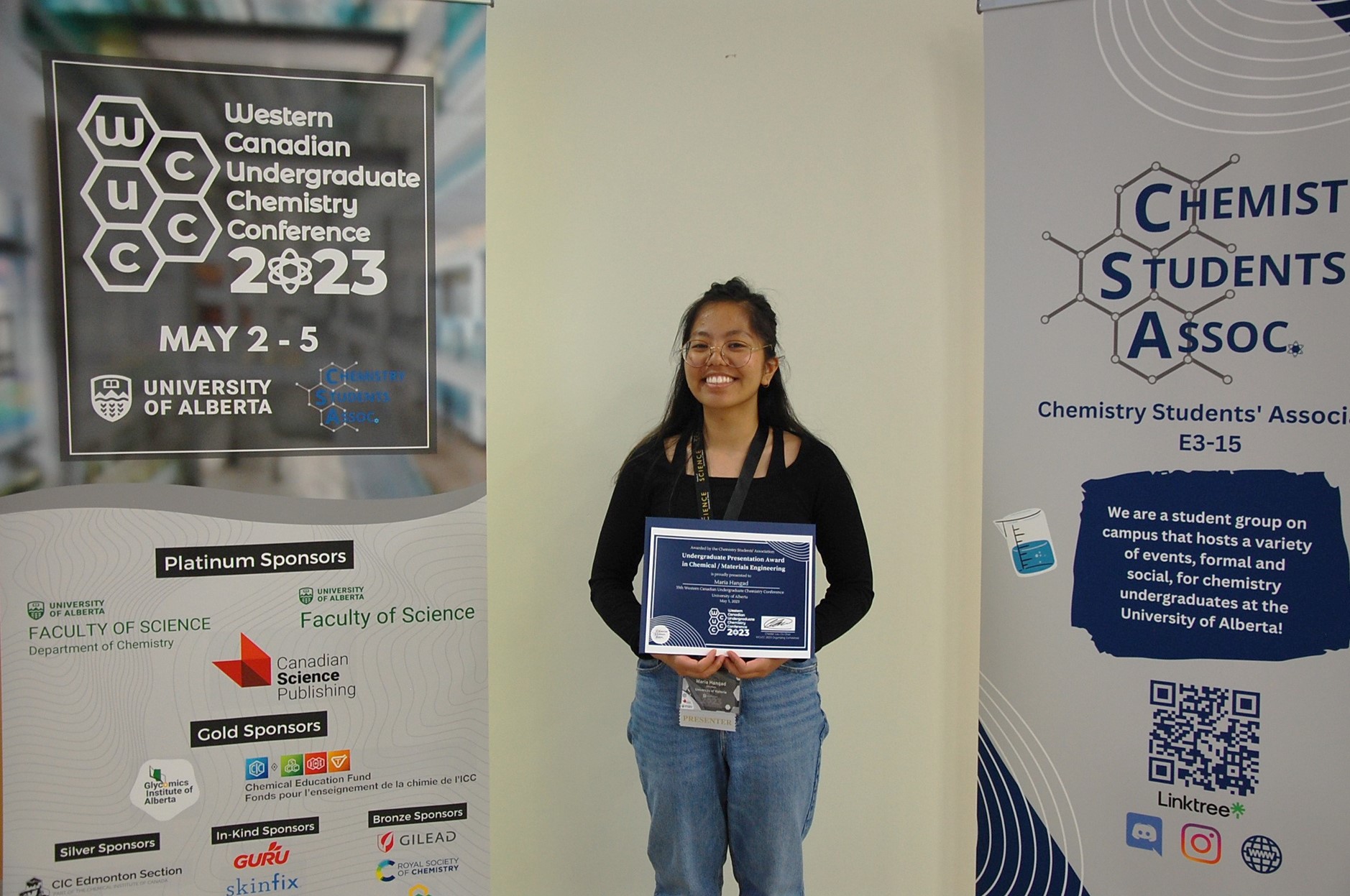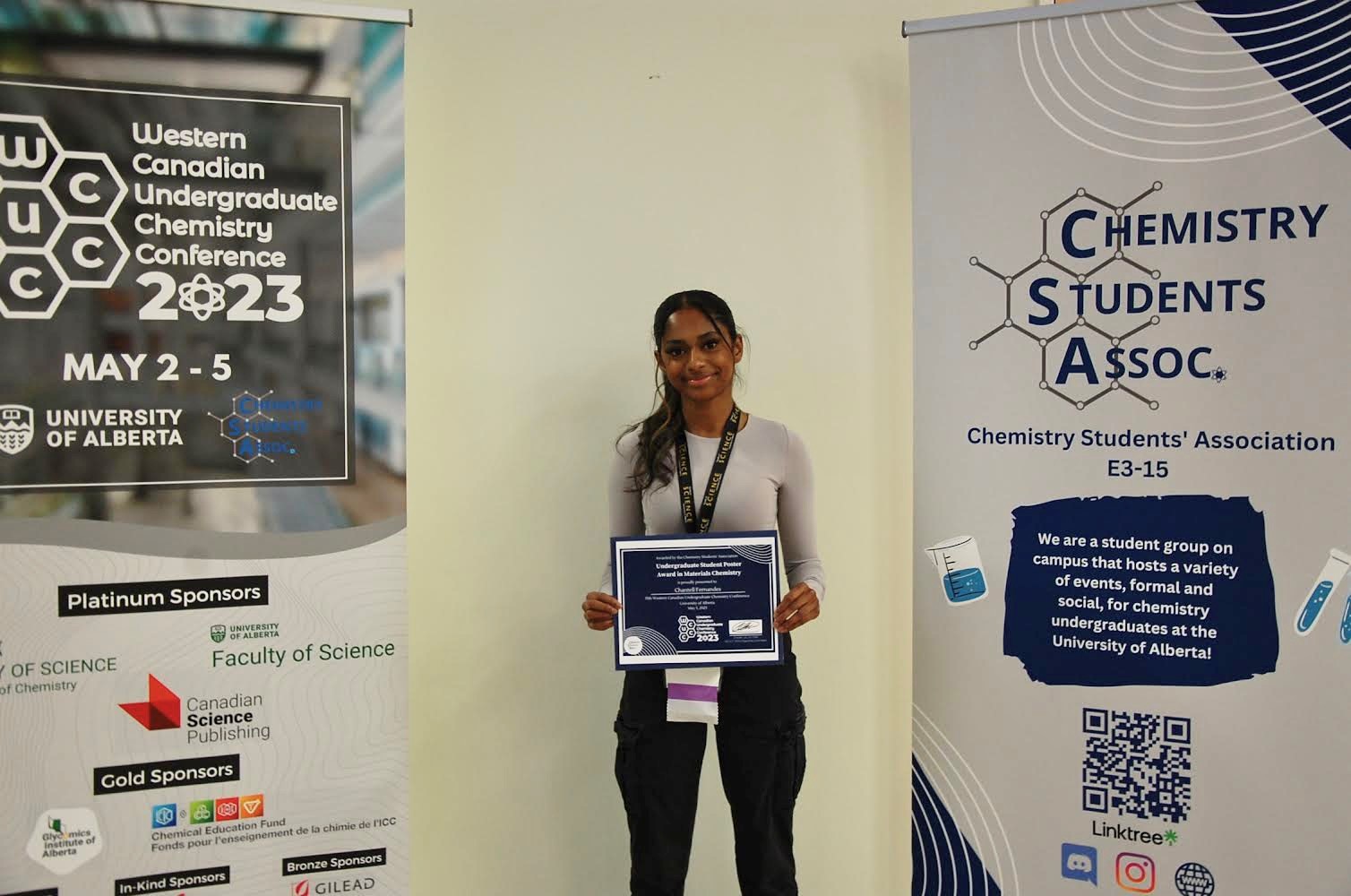Nanoscale quantum technologies
Guest edited by Qing Dai, Chao-Yang Lu and Zhipei Sun
We are delighted to introduce a new online collection published in Nanoscale that provides a snapshot of recent progress in quantum technologies, including quantum materials, computing, sensing, imaging, photonics, optics and more, which we hope will inspire future developments.
Materials and structures at the nanoscale play a key role in various current and emerging quantum technologies. In the last few decades, we have witnessed significant progress in nanoscience and nanotechnology, which has enabled great successes from fundamental research to applications in quantum technologies, facilitating completely new horizons in this area.
You can explore the collection and read the introductory editorial from our guest editors below, with all articles free to access until the end of September 2023.
Read the collection
Professor Qing Dai (National Center for Nanoscience and Technology, China), Professor Chao-Yang Lu (University of Science and Technology of China, China) and Professor Zhipei Sun (Aalto University, Finland), served as guest editors for this collection and highlight the importance of quantum technologies in their introductory editorial.
Read the introductory editorial
Read some of the featured articles below.
Silicon photonics interfaced with microelectronics for integrated photonic quantum technologies: a new era in advanced quantum computers and quantum communications?
Rajeev Gupta, Rajesh Singh, Anita Gehlot, Shaik Vaseem Akram, Neha Yadav, Ranjeet Brajpuriya, Ashish Yadav, Yongling Wu, Hongyu Zheng, Abhijit Biswas, Ephraim Suhir, Vikram Singh Yadav, Tanuj Kumar and Ajay Singh Verma
Nanoscale, 2023, DOI: 10.1039/D2NR05610K
Photon pairs bi-directionally emitted from a resonant metasurface
Changjin Son, Vitaliy Sultanov, Tomás Santiago-Cruz, Aravind P. Anthur, Haizhong Zhang, Ramon Paniagua-Dominguez, Leonid Krivitsky, Arseniy I. Kuznetsov and Maria V. Chekhova
Nanoscale, 2023, DOI: 10.1039/D2NR05499J
Highly-efficient radiative thermal rectifiers based on near-field gap variations
Bei Yang and Qing Dai
Nanoscale, 2022, DOI: 10.1039/D2NR04350E
Coupling spin defects in hexagonal boron nitride to titanium dioxide ring resonators
Milad Nonahal, Chi Li, Febiana Tjiptoharsono, Lu Ding, Connor Stewart, John Scott, Milos Toth, Son Tung Ha, Mehran Kianinia and Igor Aharonovich
Nanoscale, 2022, DOI: 10.1039/D2NR02522A
Synthesis of mono- and few-layered n-type WSe2 from solid state inorganic precursors
Mauro Och, Konstantinos Anastasiou, Ioannis Leontis, Giulia Zoe Zemignani, Pawel Palczynski, Ali Mostaed, Maria S. Sokolikova, Evgeny M. Alexeev, Haoyu Bai, Alexander I. Tartakovskii, Johannes Lischner, Peter D. Nellist, Saverio Russo and Cecilia Mattevi
Nanoscale, 2022, DOI: 10.1039/D2NR03233C
Nanoscale is always interested in considering high-quality articles on on quantum materials, devices and technologies and we would be delighted if you would consider the journal for your next submission, which can be made via our online submission service. All submissions will be subject to initial assessment and peer review as appropriate according to the journal’s guidelines.
We hope you enjoy reading this collection and look forward to seeing how this field progresses! Please continue to submit your exciting work on emerging quantum technologies to Nanoscale.


